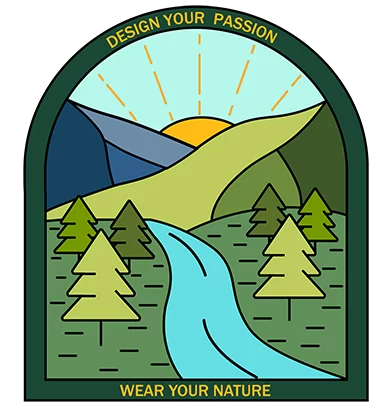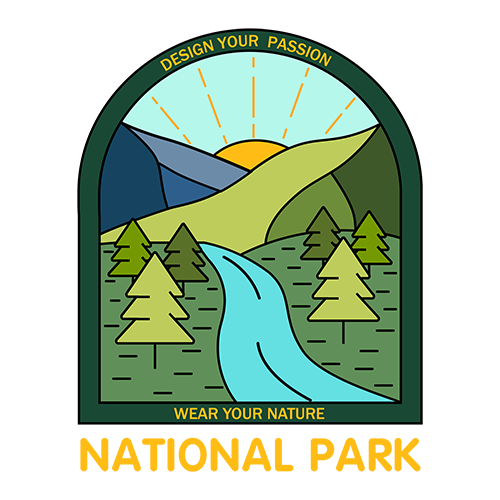Welcome to the fascinating story of Biscayne National Park, where history and nature intertwine in the most beautiful way! Nestled at the tip of Florida’s southeastern coast, this stunning park is not just a feast for the eyes but also a treasure trove of rich history waiting to be discovered. From the native tribes who first called these shores home, to the shipwrecks that dot the underwater landscape, and the passionate conservation efforts that led to its designation as a national park, Biscayne National Park history is as vibrant and diverse as its colorful coral reefs. Whether you’re a history buff, an adventurer at heart, or simply someone who appreciates the beauty of the past, you’re in for a treat as we dive deep into the stories that have shaped this remarkable corner of the world.
So, grab a cup of coffee, get cozy, and embark on a journey through time in one of America’s most unique national parks with nationalparkshops’s team!
Biscayne National Park History and Geography
Southeast Florida’s Biscayne National Park covers 172,971 acres in Miami-Dade County. Stretching from south of Key Biscayne to north of Key Largo, it encompasses several keys, including Soldier, Ragged, Sands, Elliott, Totten, Old Rhodes, and other smaller islands at the northern tip of the Florida Keys. A shallow gap between the Ragged Keys and Key Biscayne, north of the park, acts as a “Safety Valve,” allowing storm surge to drain after tropical storms. The park’s eastern edge follows the 60-foot depth contour of the Atlantic Ocean along the Florida Reef.
The park’s western edge is a narrow strip of the mainland between Cutler Ridge and Mangrove Point. Access from the mainland is solely through the Convoy Point Visitor Center, located by park headquarters. The Turkey Point Nuclear Generating Station and its cooling canals border the park’s southwest side.
Biscayne Bay’s southern part, located between Elliott Key and the mainland, is traversed by the Intracoastal Waterway. The park’s eastern and southern borders meet the Florida Keys National Marine Sanctuary, while its southern edge adjoins John Pennekamp Coral Reef State Park. Of the park’s total area, only 9,075 acres are terrestrial. Offshore keys make up 4,250 acres, and the remaining 4,825 acres consist of mainland mangrove forests. Connected to the Everglades ecosystem, a significant portion of this park was initially considered for inclusion in Everglades National Park. However, it was ultimately excluded due to a lack of agreement during the Everglades National Park‘s establishment in 1947.
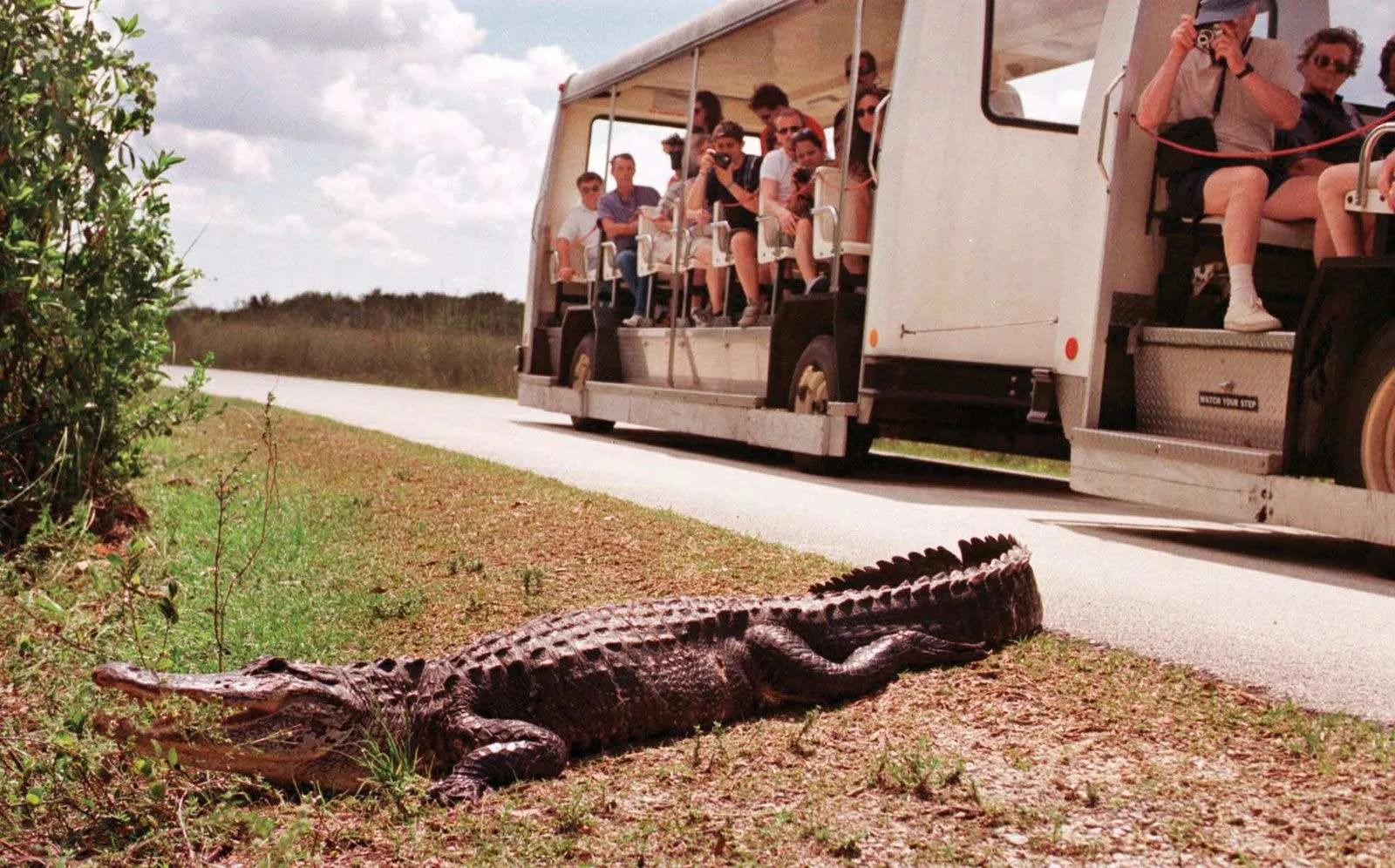
Nature and Ecology at Biscayne National Park
Continuing on Biscayne National Park history, Southern Florida’s location between two major ecological regions creates a rich mix of plants and animals. This overlap allows visitors to observe unique species, especially birds, not found anywhere else on the continent.
Four separate ecosystems exist within the park, each with its own distinct plant and animal life. Mangroves, lagoons, islands, and offshore reefs support a diverse range of species.
Rainfall primarily distinguishes the seasons in this semi-tropical region. Hot, wet summers occasionally experience tropical storms. Winters are slightly cooler and drier. The bay’s saltiness fluctuates, becoming less salty during the rainy summer, especially on the western side where freshwater enters.
Park waters teem with hundreds of fish species, over fifty crustacean species (from small isopods to large land crabs), roughly two hundred bird species, and approximately twenty-seven land and marine mammal species. A variety of mollusks also inhabit the area, including clams, snails (both land and sea), sea hares, sea slugs, and two cephalopods: the Caribbean reef octopus and squid.
Biscayne Bay and its surrounding keys offer refuge for birds migrating between North America, the Caribbean, and South America. In autumn, many land birds headed south pause at Bill Baggs Cape Florida State Park before crossing Biscayne Bay.
Similarly, northbound spring migrants rest on Elliott Key. These small migrating songbirds are mostly warblers, including ovenbirds, palm warblers, American redstarts, common yellowthroats, prairie warblers, worm-eating warblers, and black-throated blue warblers. Birds of prey like short-tailed hawks, sharp-shinned hawks, merlins, peregrine falcons, and swallow-tailed kites also migrate through the area, while bald eagles and ospreys nest there. White-tailed and red-tailed tropicbirds are sighted in the park, along with American flamingos, some of which may be escaped birds.
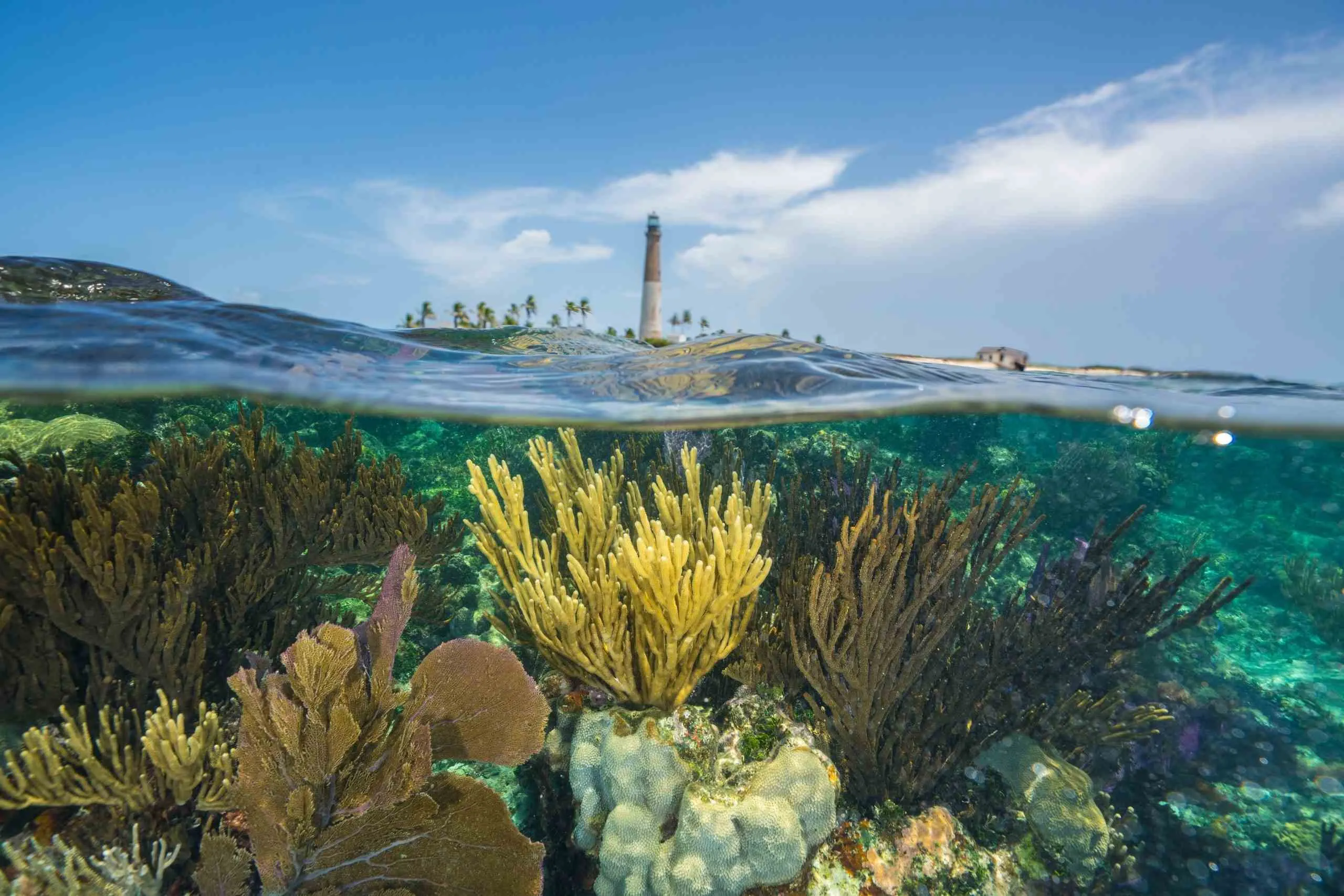
>> Read More: Biscayne National Park weather
What is Biscayne National Park known for?
Biscayne National Park is known for its stunning natural beauty and unique recreational opportunities. It attracts visitors from around the world who come to experience its diverse ecosystems and rich history. Here are some highlights that make this park stand out:
- Coral Reefs: The park protects one of the largest coral reef systems in North America, making it a prime destination for snorkeling and diving enthusiasts.
- Maritime Heritage Trail: This underwater trail features several historic shipwrecks that can be explored by divers and snorkelers alike. Each wreck tells a story of maritime history and adventure.
- Wildlife Watching: The park is home to numerous species of birds, fish, and marine mammals. Birdwatchers will find an abundance of species throughout the year.
- Recreational Activities: From kayaking through mangrove tunnels to hiking on Elliott Key or enjoying a boat tour around Boca Chita Key, there’s no shortage of activities to engage in.
No matter what you’re into, Biscayne National Park has a little something special for every visitor. Whether you’re looking at Biscayne National Park history or looking to unwind in nature, this park promises an unforgettable experience.
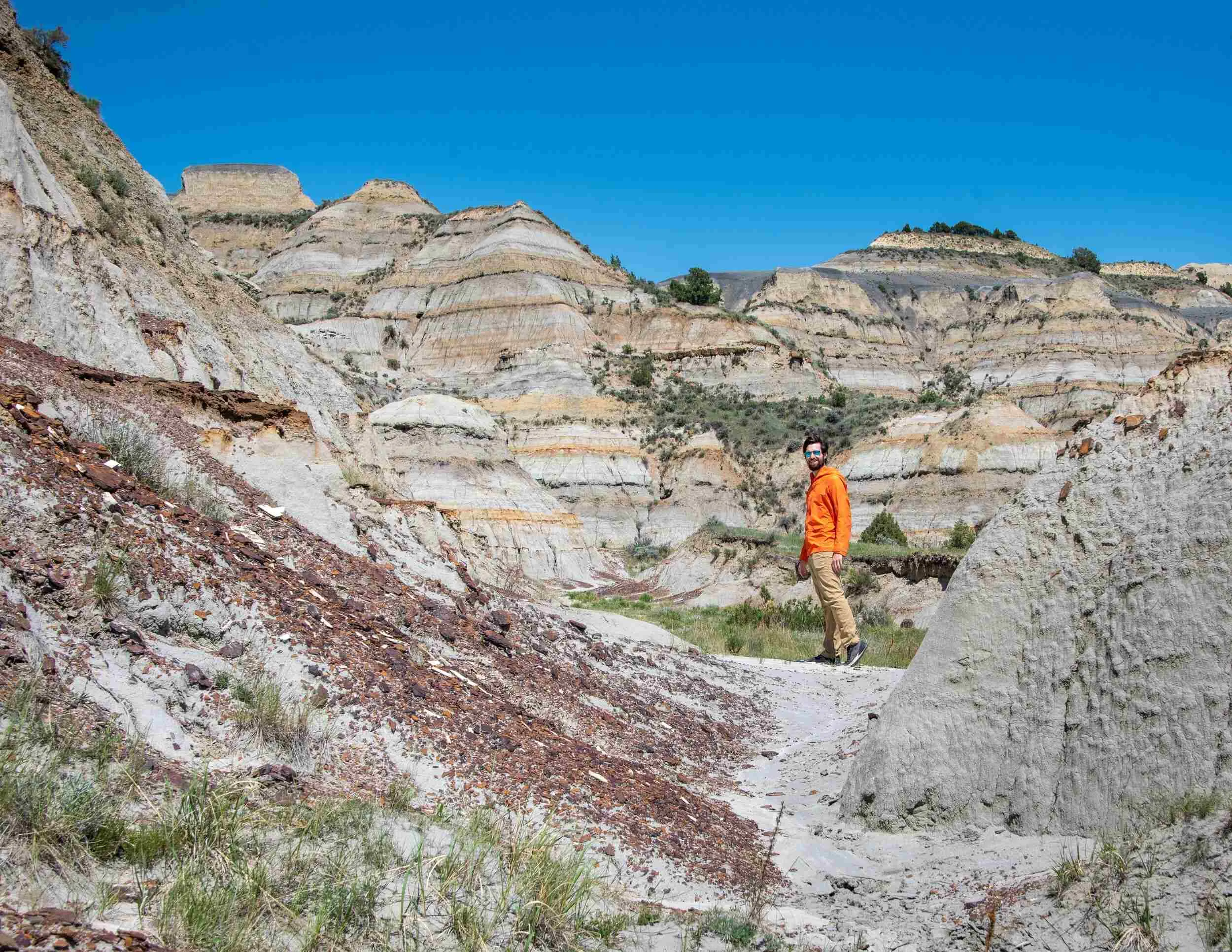
Facts about Biscayne National Park
Besides Biscayne National Park history, have you ever wondered about the facts about this park that are often passed around by word of mouth? Let me share with you some of the most interesting facts about Biscayne that you might be interested in:
- This park safeguards a massive coral reef. It also preserves the eastern seaboard’s most extensive mangrove forest.
- Biscayne Bay offers top-notch North American diving and snorkeling.
- The park encompasses four ecosystems: the Coral Limestone Keys, the Florida Reef, Biscayne Bay’s shallows, and the shoreline mangrove swamp.
- Island farming was once attempted, but hurricanes proved too disruptive.
- Nearly half a million people visited the park in 2012, compared to just under 79,000 in 1972.
- The park’s record high temperature is 98°F.
- Bottlenose dolphins, whales, and the endangered West Indian manatee inhabit park waters. Other endangered species include the eastern indigo snake, peregrine falcon, piping plover, American crocodile, and swallowtail butterfly.
- Crocodiles, alligators, loggerhead and leatherback turtles, and various snakes represent the park’s reptiles.
- Brown pelicans, though endangered elsewhere, are frequently seen.
- Terrestrial vegetation includes rare cacti, mangroves, and palms.
- Shallow waters provide snorkelers with clear views of vibrant coral and fish.
- Biscayne is the largest U.S. marine park within the National Park System and part of the only living tropical coral reef on the U.S. mainland.The park’s coral is vulnerable to harmful environmental impacts. Miami’s growth increases pollution, endangering the reef.
- Summer is not ideal for visiting due to mosquitos and storms. Hurricane season lasts from June through November. Winter (December to April) is the recommended time for visitors.
- Visitors can enjoy activities such as boating, exploring islands, snorkeling, canoeing, scuba diving, kayaking, and camping.
>> Read More: Biscayne National Park Boat Tours
How many people visit Biscayne National Park each year?
Biscayne National Park sees approximately 600,000 visitors annually. This number reflects both locals from nearby Miami-Dade County seeking outdoor adventures and tourists exploring South Florida’s natural wonders. Despite its proximity to bustling Miami, many visitors find solace in the tranquility offered by this aquatic paradise.
The popularity of activities such as snorkeling, kayaking, fishing, and wildlife watching contributes significantly to these visitor numbers. Each year brings new adventurers eager to explore its waters or hike along its trails.
>> Read More: Biscayne National Park Visitor Center
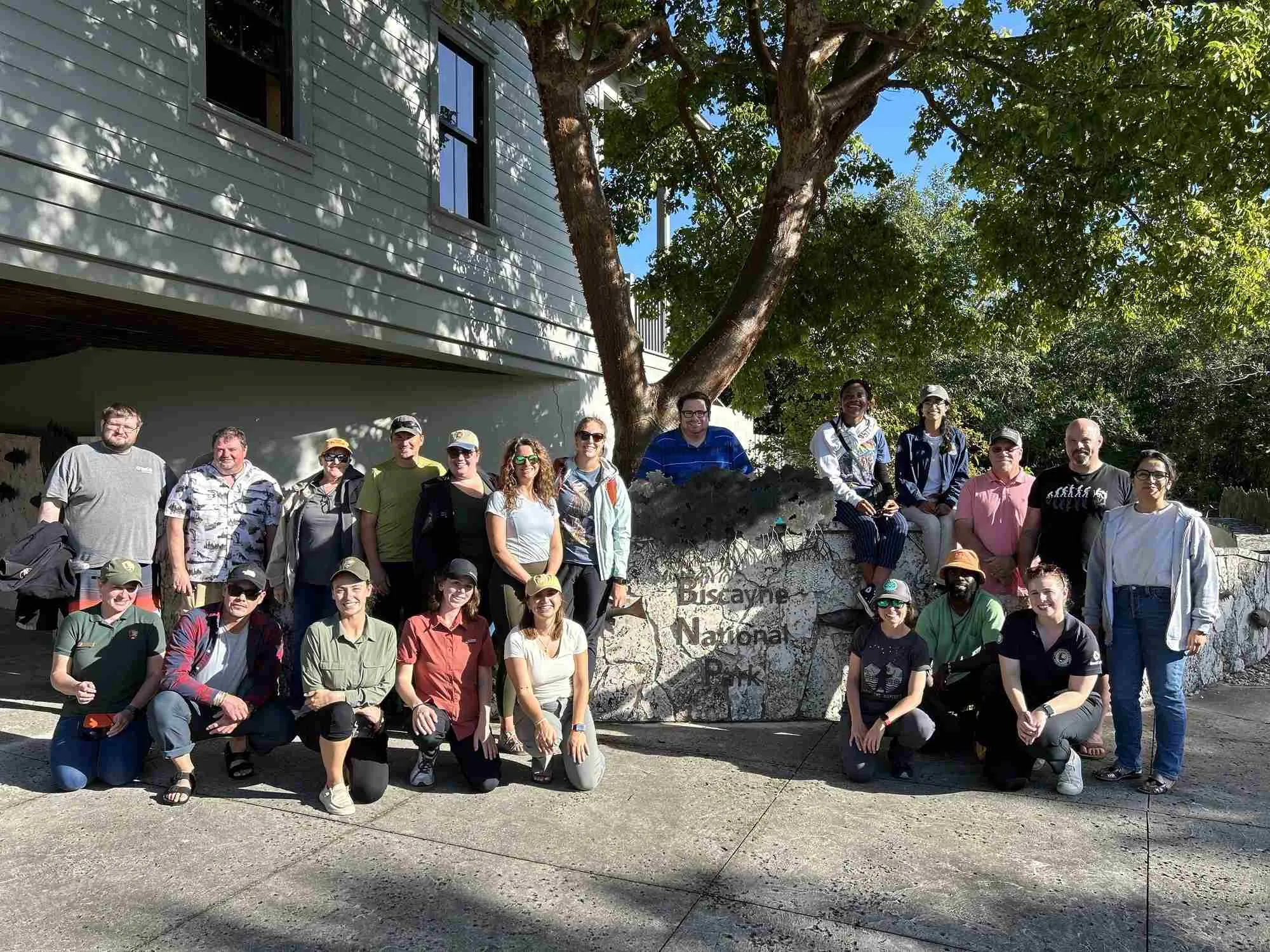
Best time to visit Biscayne National Park
Biscayne National Park offers a great experience year-round. Consider these factors when planning your trip.
Spring is the park’s peak season. Pleasant temperatures and minimal insects make spring attractive.
Besides comfortable conditions, spring offers continued lobster season and abundant wildlife viewing. Late March is considered the best time for a spring visit. A March trip showcases the park at its best.
>> I have a more detailed post about the best time to visit Biscayne National Park
Conclusion
In conclusion, the Biscayne National Park history is a captivating mosaic of cultural heritage, natural wonders, and historical significance. From the ancient indigenous peoples who first called this area home to the maritime adventures that unfolded in its waters, Biscayne’s past is as vibrant and diverse as the ecosystems it protects today.
We hope this journey through time has inspired you to visit and experience firsthand the rich heritage and natural splendor that make Biscayne National Park a true national treasure. Dive into Biscayne National Park history, and let the stories of Biscayne enhance your appreciation of this remarkable place!
FAQs
What makes Biscayne National Park special?
Biscayne National Park preserves a rich array of ecosystems, including coral reefs, mangrove forests, Biscayne Bay, the Florida Keys, as well as 10,000 years of human history. Mooring buoys are provided to help protect the delicate coral reefs from damage.
How many shipwrecks are in Biscayne National Park?
Biscayne National Park in southern Florida is home to over 40 shipwrecks scattered across its waters. Among these, the English China Wreck stands out as one of the most well-preserved sites. However, the integrity and preservation of this wreck and its artifacts are under threat due to looting and accidental harm caused by fishing and diving activities.
How much of Biscayne National Park is underwater?
Approximately 95% of Biscayne National Park consists of water, only about 9% comprises terrestrial land areas like islands or coastal mangroves. This significant underwater expanse supports diverse marine life crucial for maintaining ecological balance within this unique environment.
